A huge supervolcano may be hidden under the Alaskan islands!
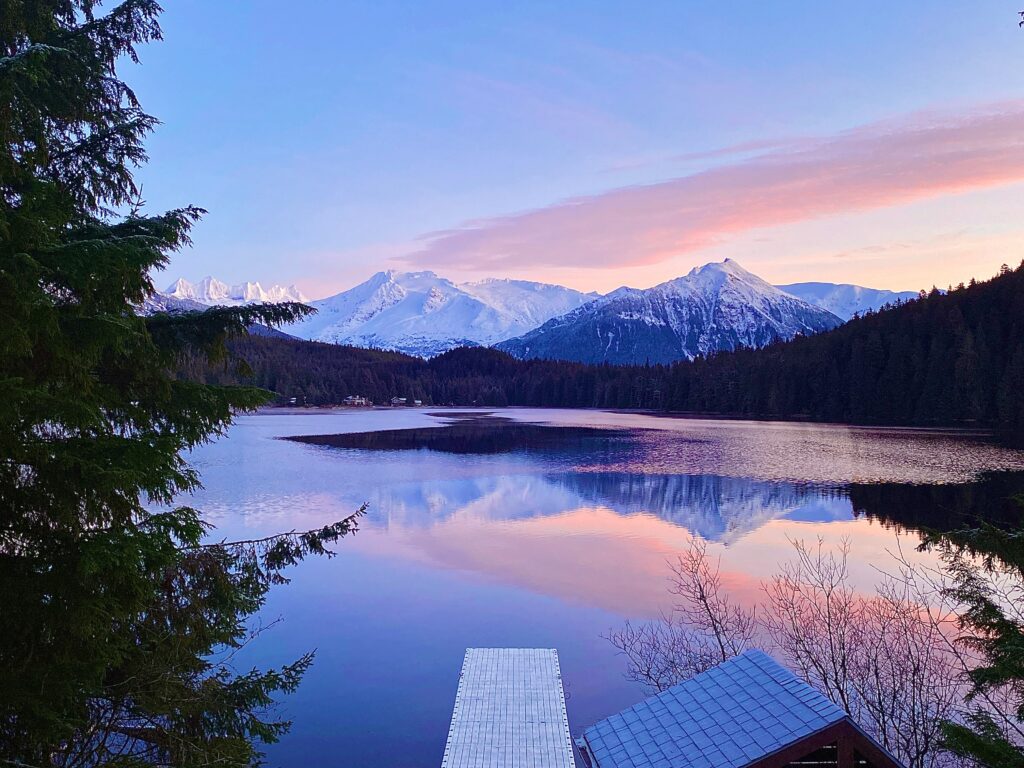
A mysterious, previously unknown supervolcano may be lurking below Alaska’s Aleutian Islands. A new study suggests that a wide crater, created when the supervolcano exploded, connecting at least four existing volcanoes, is so large that if the supervolcano erupted within the last few thousand years, it could have affected civilizations around the world.
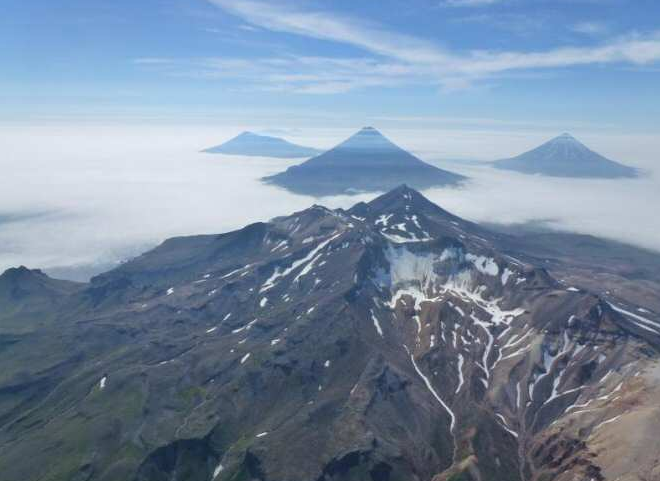
The data point convincingly to the existence of a caldera some 20 kilometers in diameter, the volcanic peaks are arranged in a ring, and bathymetric mapping of the seafloor, mostly from the 1950s, shows arc-shaped ridges and a 130-meter deep depression in the center of the ring. Both are indications that the volcanoes are connected by a large caldera, a massive crater that forms when a large magma chamber in a volcano explodes and empties.
Satellite gravity figures echo the appearance of other calderas, and analysis of volcanic gases such as sulfur dioxide, as well as micro-earthquake patterns, also suggest the presence of a caldera. A hallmark of many calderas are the still active volcanoes on their rims that tap into the same magma chamber, even long after the caldera formed, Mount Cleveland fits that scenario having erupted 60 or 70 times since 2001. In addition to spewing towering ash plumes that disrupt air travel, this constant level of activity is typical of volcanoes that flank other known calderas. One such volcano is Indonesia’s Rinjani, whose eruption around the year 1257 spewed enough sulfur particles into the atmosphere to cool the entire planet.
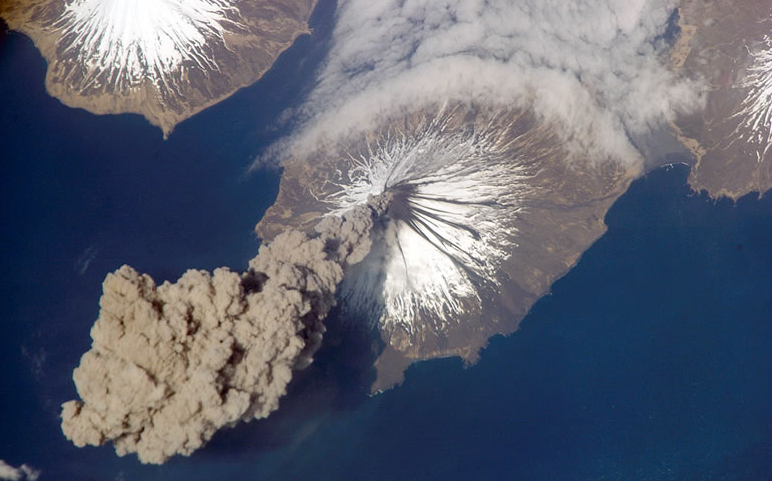
Gathering the evidence has been challenging, thanks to the extremely remote location, a largely underwater environment, and newer volcanic deposits hiding older ones. Additionally, separate studies provided different lines of evidence for a supervolcano caldera, but none connected the dots. The Aleutian site is only accessible for a short period of time each year, but that’s exactly what the team hopes to do to confirm the caldera’s existence; it also plans to look for matching ash in ice cores collected in other parts of the world to determine when the supervolcano would have erupted.
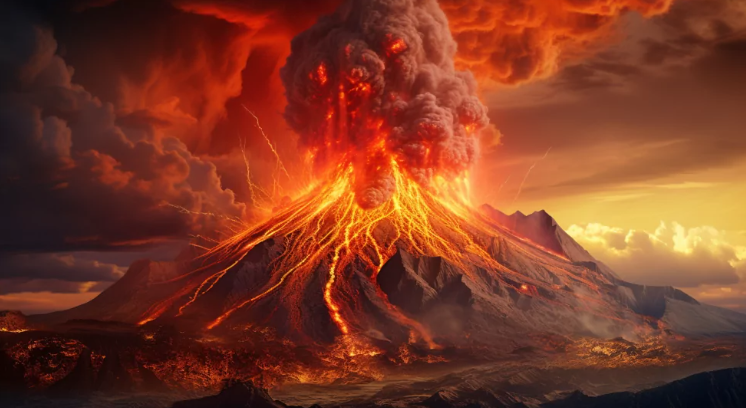
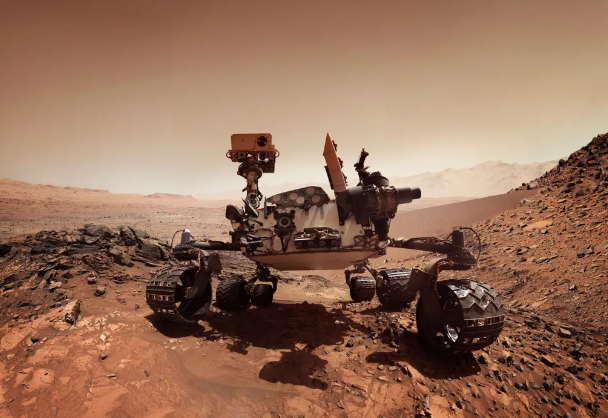
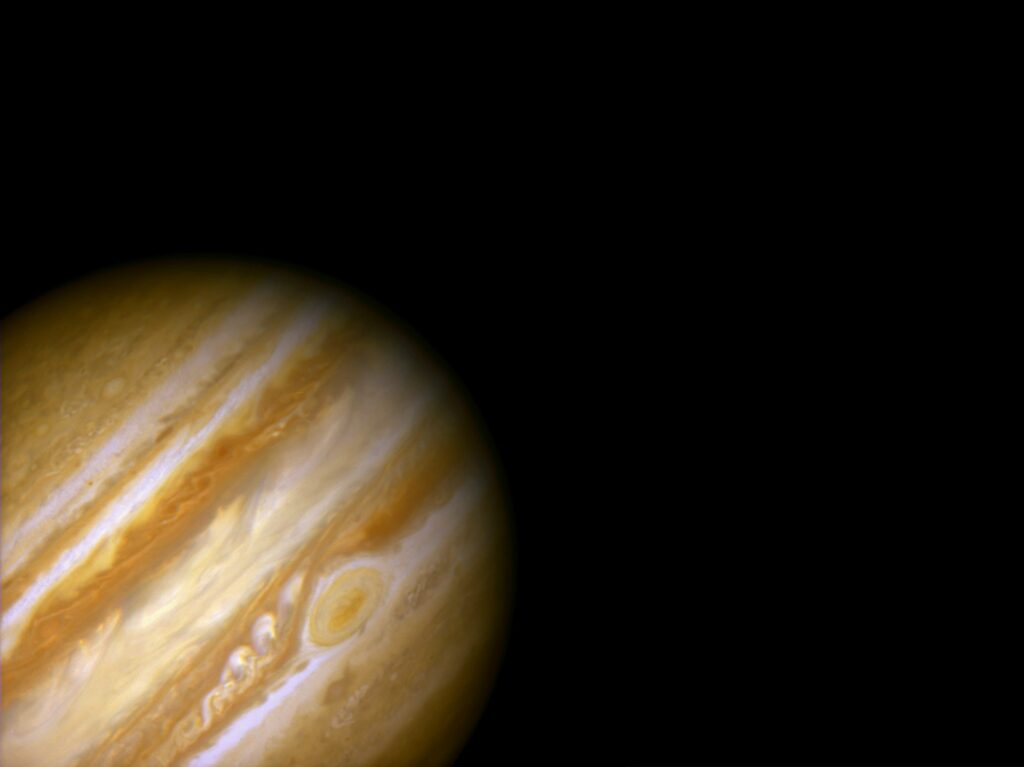
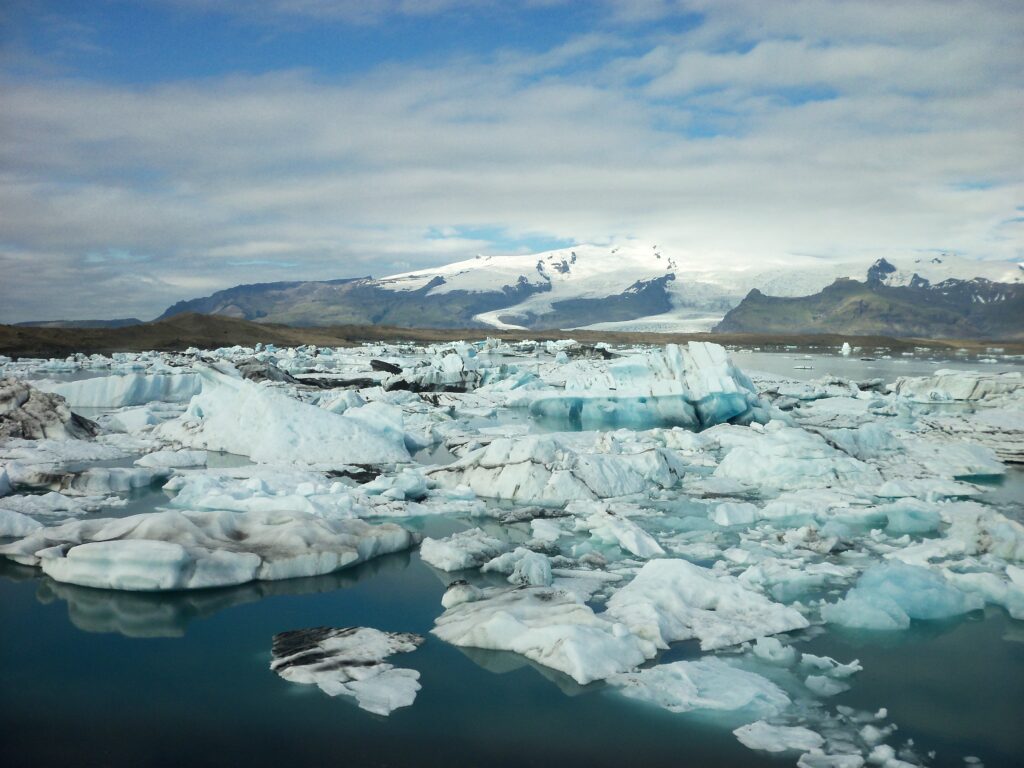
Responses